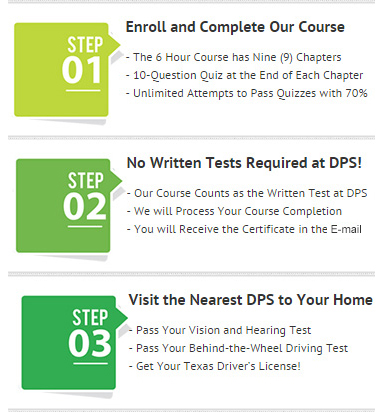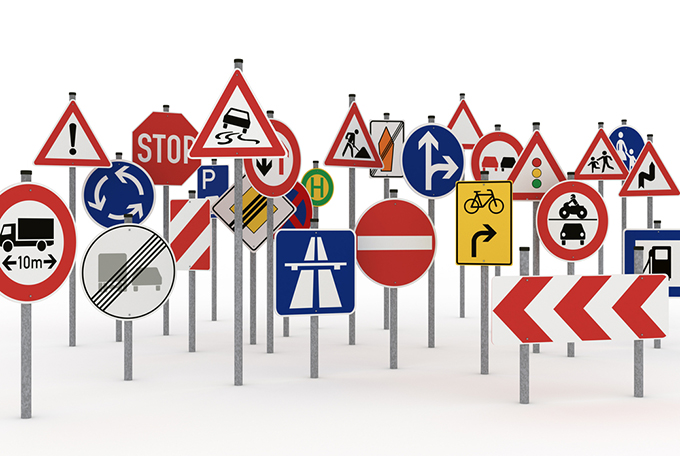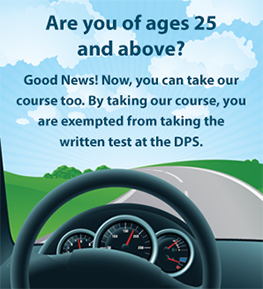

Driving is an act which must be performed with a high sense of responsibility. it is not simply about getting into a car and driving off at your own pace, rather it is about complying with certain rules and regulations which have been designed for the state of Texas, so that you and the rest of the citizens, may lead carefree lives.

This blog will discuss the different procedures which must be followed while crossing railroads. Let’s begin.
If you are approaching a railroad crossing, then the standard procedure is to stop the car in between 15 and 50 feet from the rail;
- If the railroad signal is indicating the approach of a train.
- If the crossing gate has been lowered to prevent motor vehicles from passing through, and a man is waving a flag to indicate the arrival of a train.
There are certain other laws which may signal the driver to stop his or her motor vehicle. The rule may be applicable under a statute, or indicated through a traffic control device or signal. You must also comply with this procedure if you hear the train approaching, as going near it could be dangerous.
If you do not comply with railroad crossing rules and break them, then you will be liable to a fine. The fine can fluctuate between $ 50 to $200, depending on the seriousness of your actions. Until and unless, it is deemed safe to proceed through the railroad grade crossing, you must not pass through it.
For those railroads which are marked with cross buck signs, decrease the speed of your motor vehicle, and then listen closely for the sound of an approaching train. Look left and right before proceeding, so that you do not encounter the train while crossing the grade.
Remember to stop when the red light is flashing using Emergency Braking. Always pay attention to your surroundings while you are driving, and don’t be hasty about it. Don’t try to act rashly, and try to pass through, while the crossing arms are lowering. Remain stationary, at least 15 feet from the crossing arms, when the red light is flashing and wait for the train to pass completely, and the red light to stop flashing while the gates are raised, before putting your foot on the accelerator of your motor vehicle, and passing the intersection.
Do not, ever, make the mistake of stopping on the tracks. It is always better to stay far away from the tracks when the train is expected to pass through. If you car stops on the tracks, due to anti-lock breaks, then get out, and try to push it off the rails. However, if you are unable to do so, then step off the tracks, and save yourself.
Trains cannot stop while they are moving on the tracks, so it is always better to follow the aforementioned instructions, rather than blindly moving your motor vehicle forward. These rules have been designed for your own safety and security, so always follow them when you come across a railroad crossing.
It is important to distinguish the difference between driving on the highway and driving in the city in order to become a better driver. There is quite a significant difference between city driving and highway driving, which is due to the different speeds, traffic rules and driving style used by drivers. Some people would suggest that the location doesn’t matter when you are driving, but that is the wrong attitude to have, since there are factors which affect you on the highway and when you are driving in the city. To differentiate between city and highway driving you have to take into account the different obstacles that you will face when driving. Here are some of them:
City Driving:
Driving in the city requires you to be extremely diligent about the traffic rules and regulations. The speed limit is set for up to 45 mph or less in the city and there are obstacles such as pedestrians and trams, which you will not find on the highway. You are also obliged to make frequent stops in the city, not aggressive due to traffic lights, crowded spaces, crosswalks, emergency zones and bicycles.
This is why city driving is considered to be more complicated than highway driving, since the roads are smaller and much more complicated. Drivers also have to account for other vehicles with more frequency and drive in close proximity, which increases the chances of being involved in an auto accident significantly. You also have to take into account the state of the roads, which are often poor and have numerous potholes that also make driving in the city tougher.
Highway Driving:
Driving in the city may be tough, but highway driving is a whole new ball game. The driving style and problems faced by drivers are mostly similar, apart from the fact that you get a bit more lenience regarding the speed limit. Drivers are expected to driver faster than 70 mph or higher, which leads to a danger of causing high speed accidents or front crash on the highway. You will be more exposed to the elements when driving on Off-Road Durability, since they are on the outskirts of the city and often have unpredictable weather conditions.
You don’t have to drive in close proximity with other vehicles, and don’t get blocked off by pedestrians and cyclists. When you are driving on the highway, you will have to signal when you are changing lanes or when over-taking, since the cars will be travelling at high speed and you can easily cause a collision if you are not attentive on the highway.
The Conclusion:
No matter where you are driving, you should practice safe driving in order to avoid crashes and help other drivers avoid an accident as well. It has been found out in numerous studies that a person’s driving style greatly increases or decreases their chances of causing an accident or being involved in an accident, whether on the highway or on the city. In order to become a better driver, you should familiarize with the difference between city driving and highway driving.


